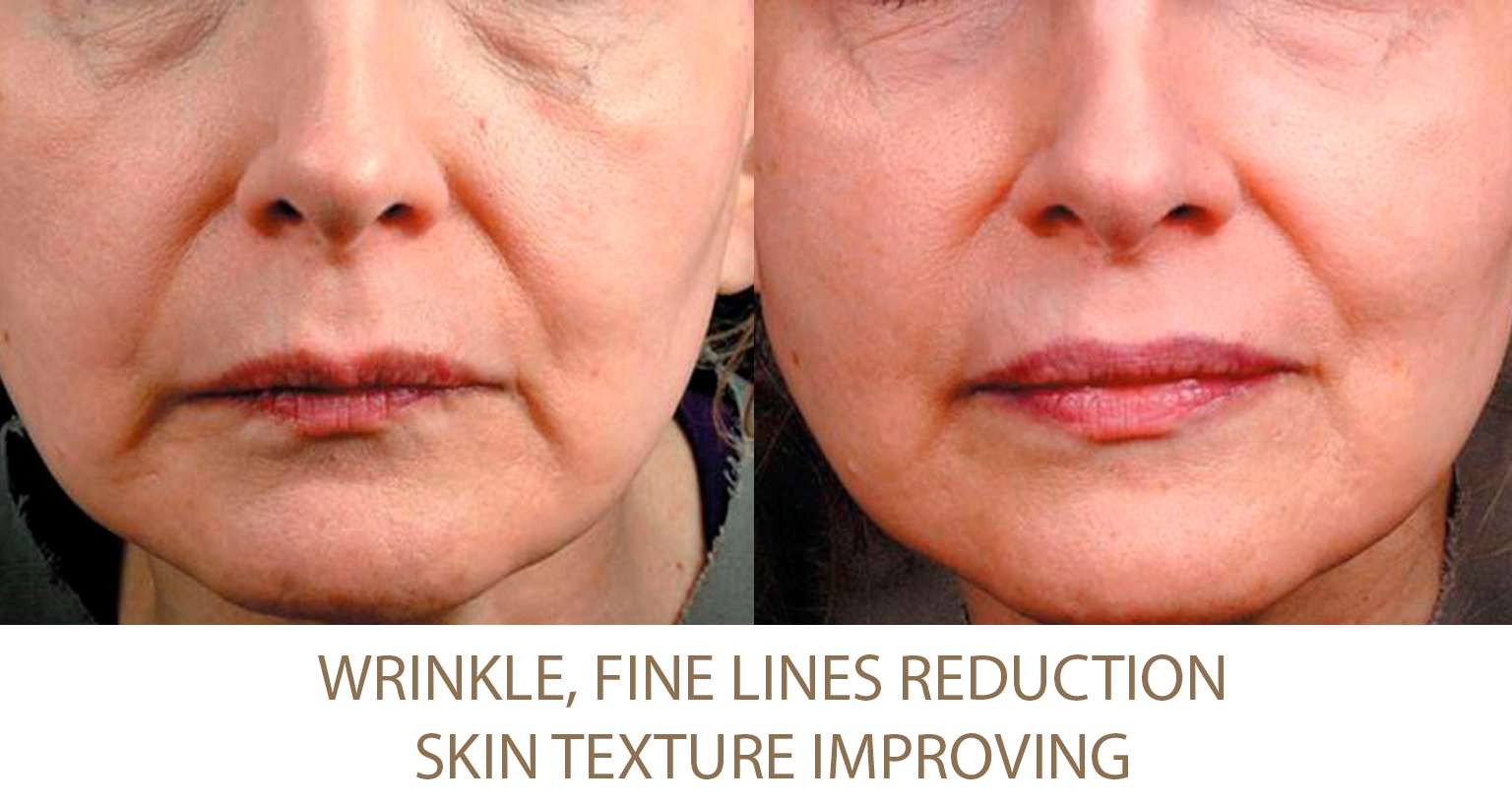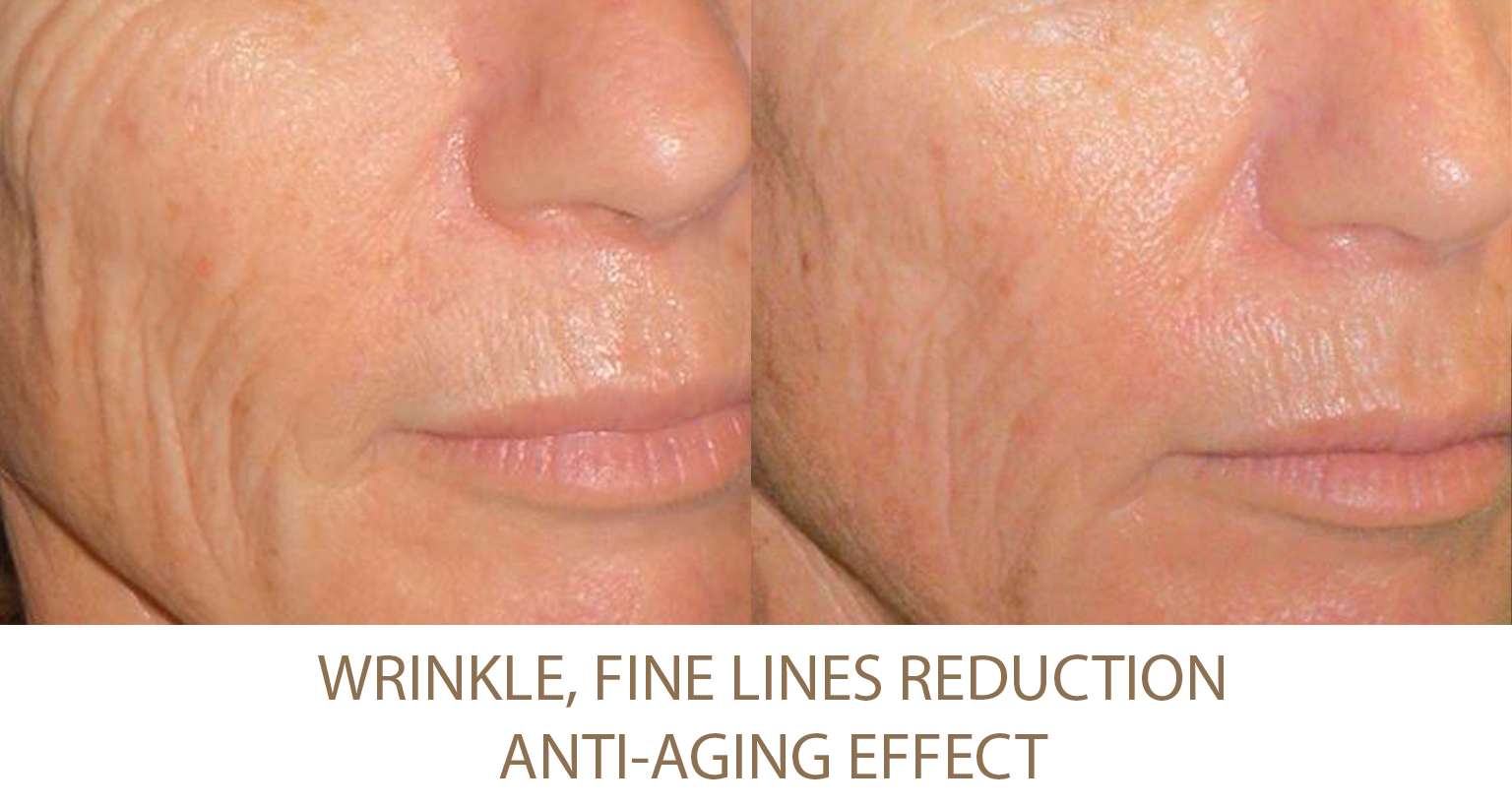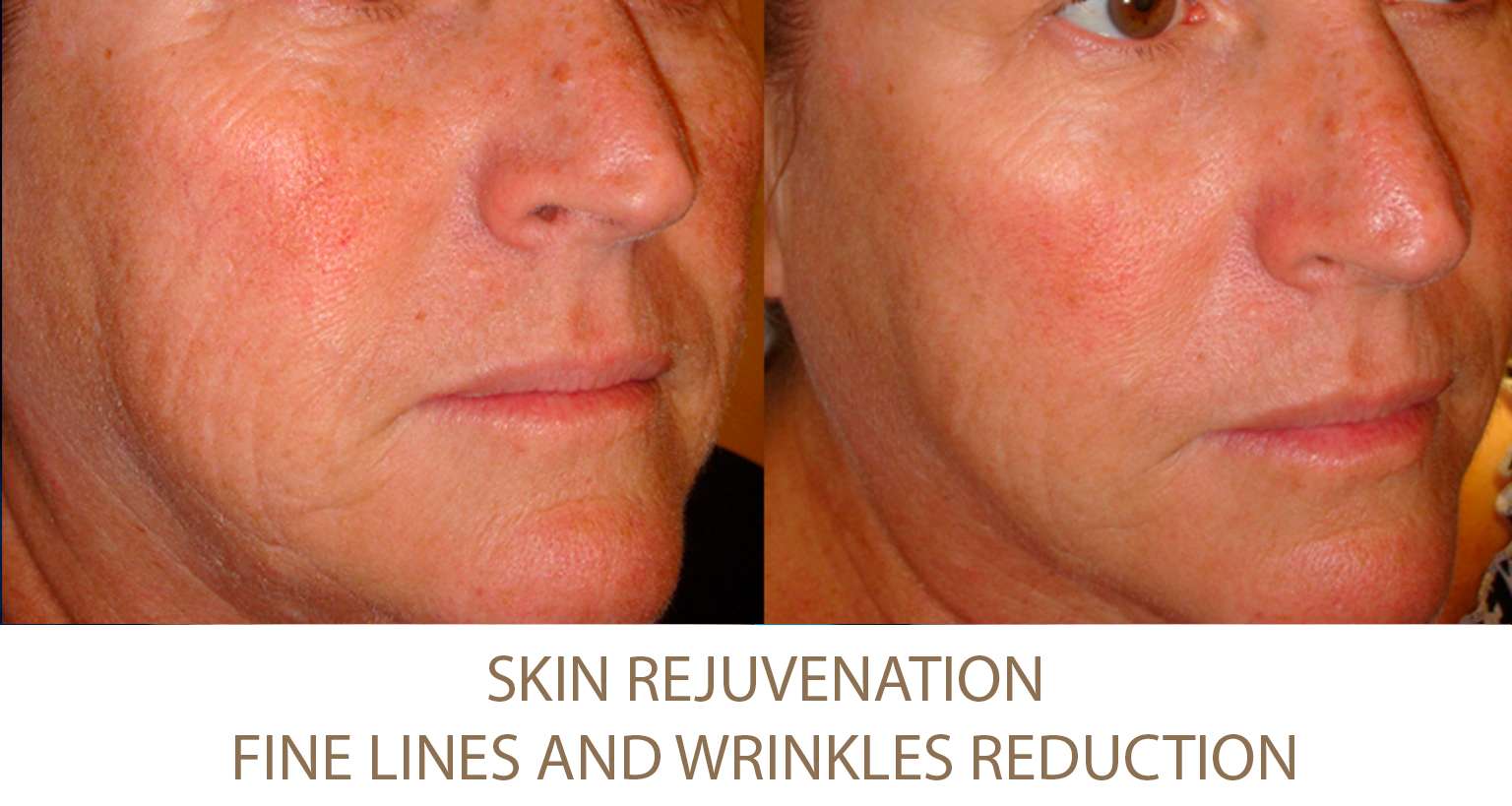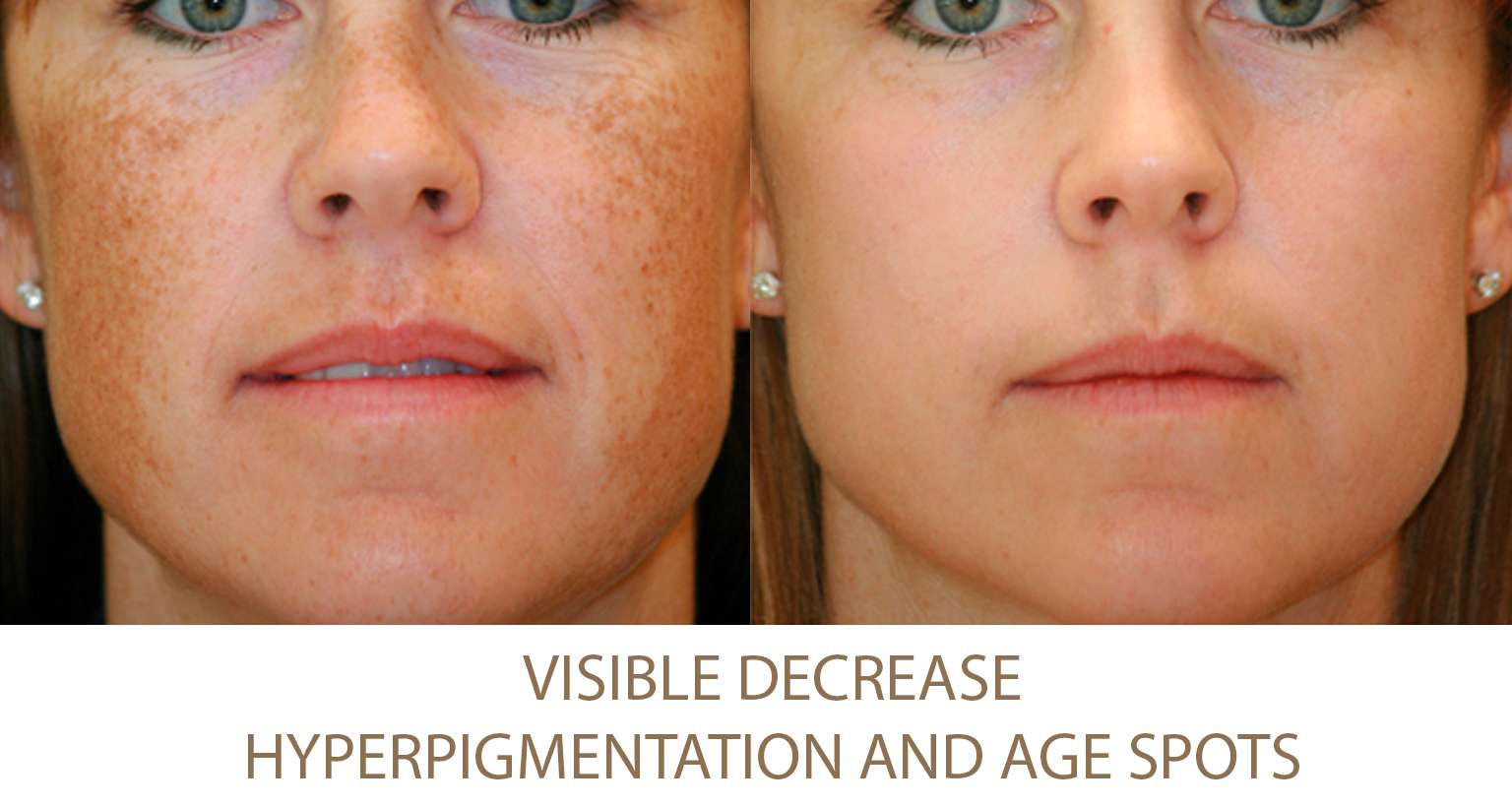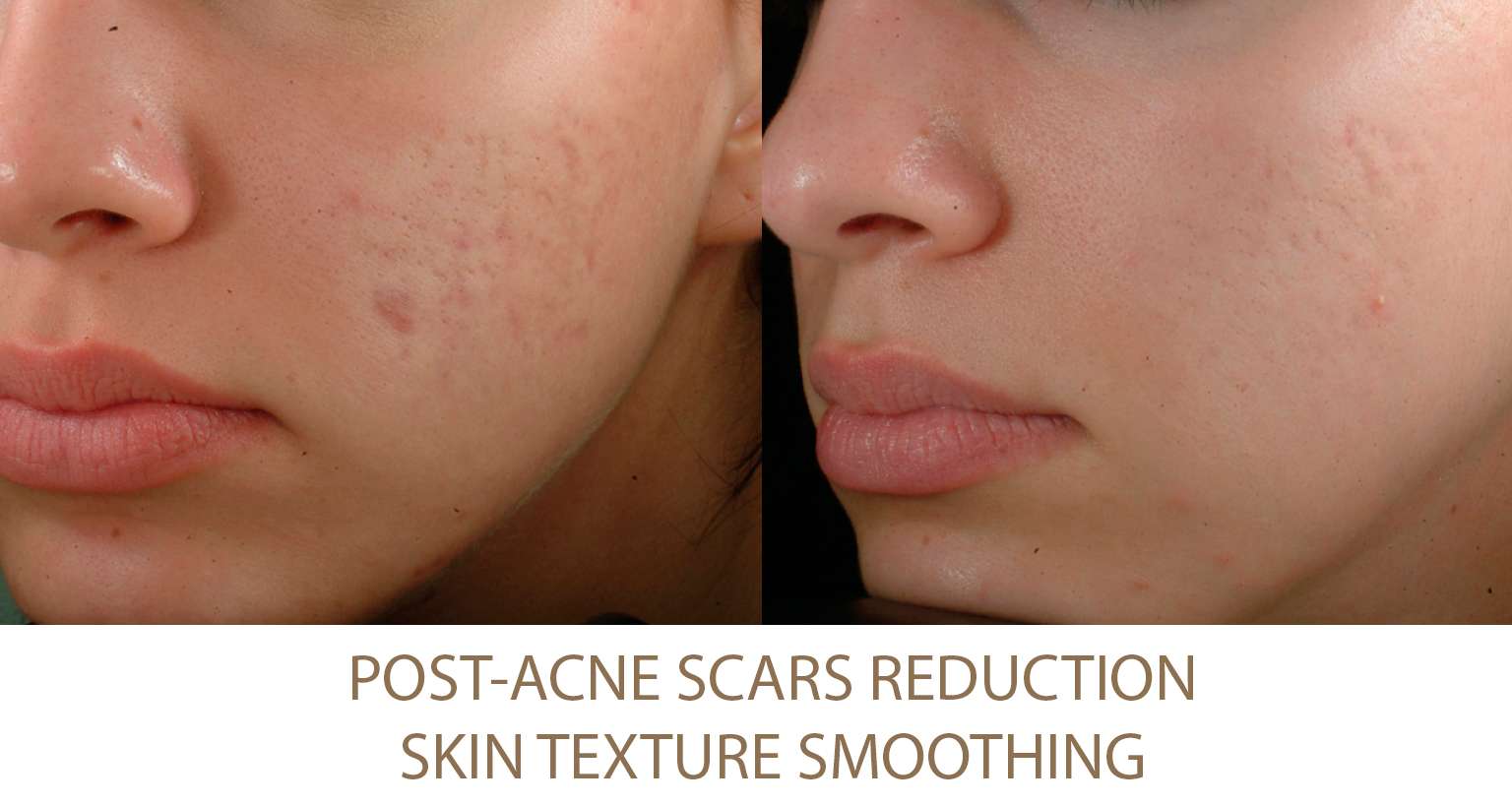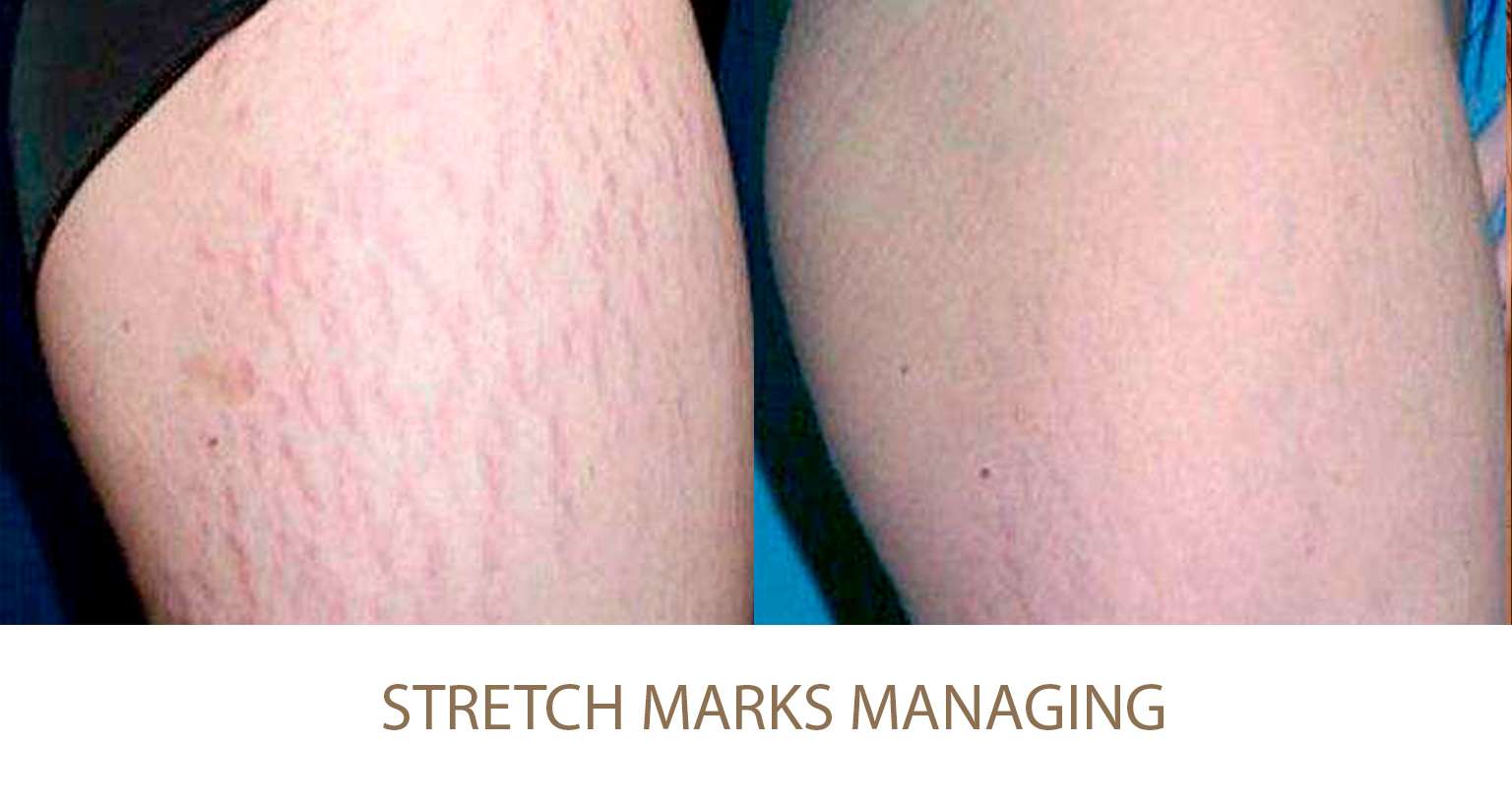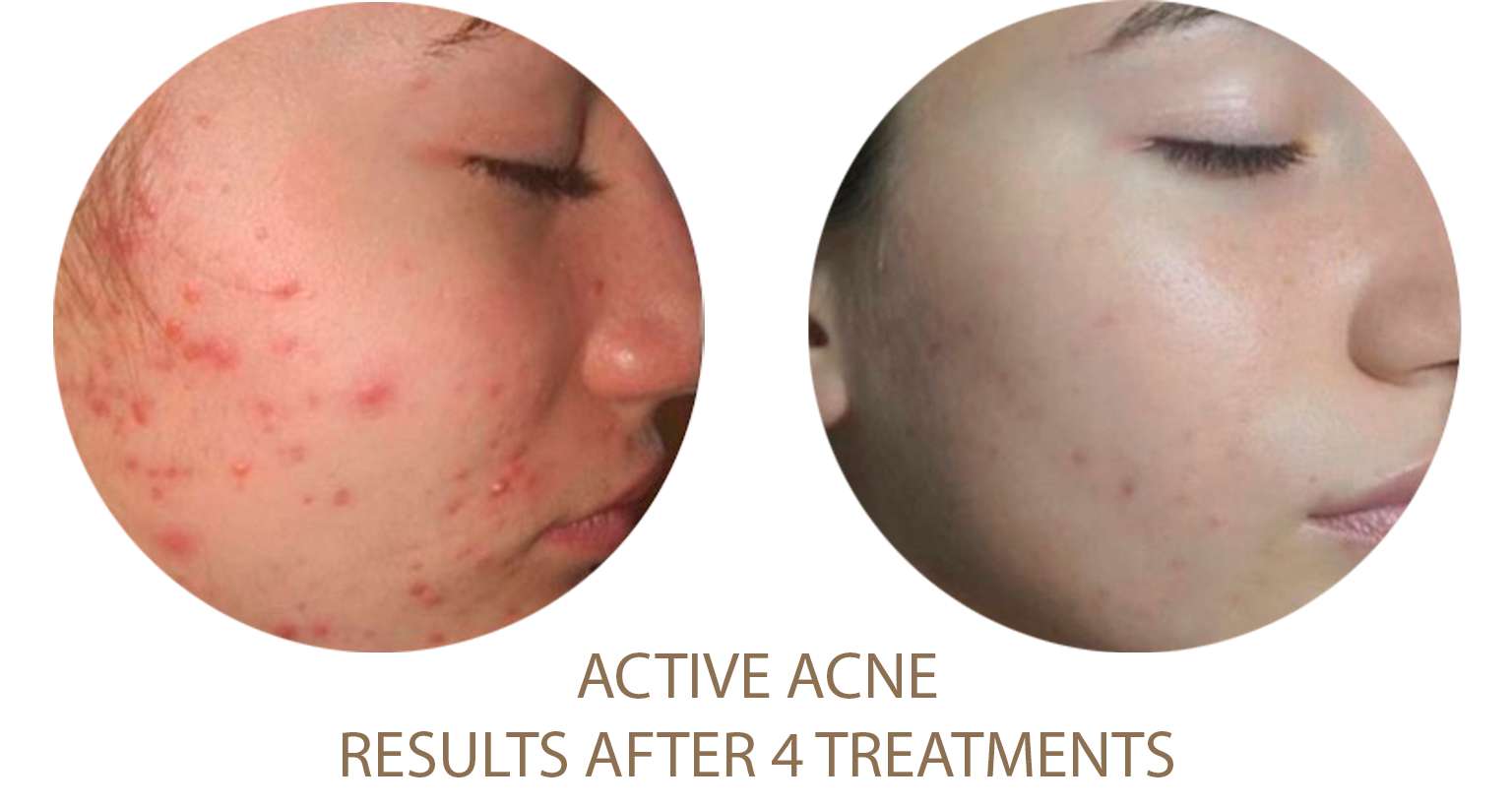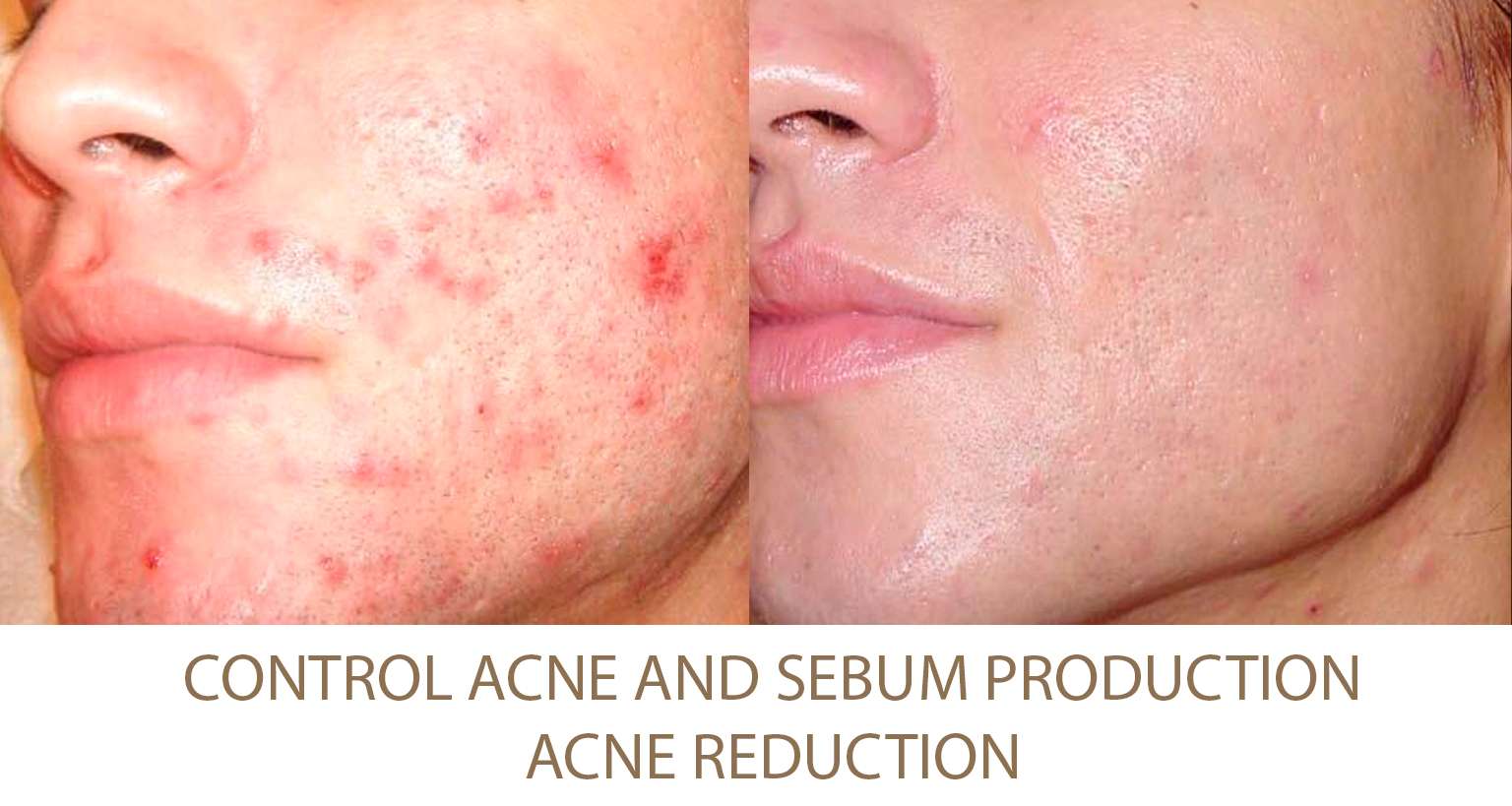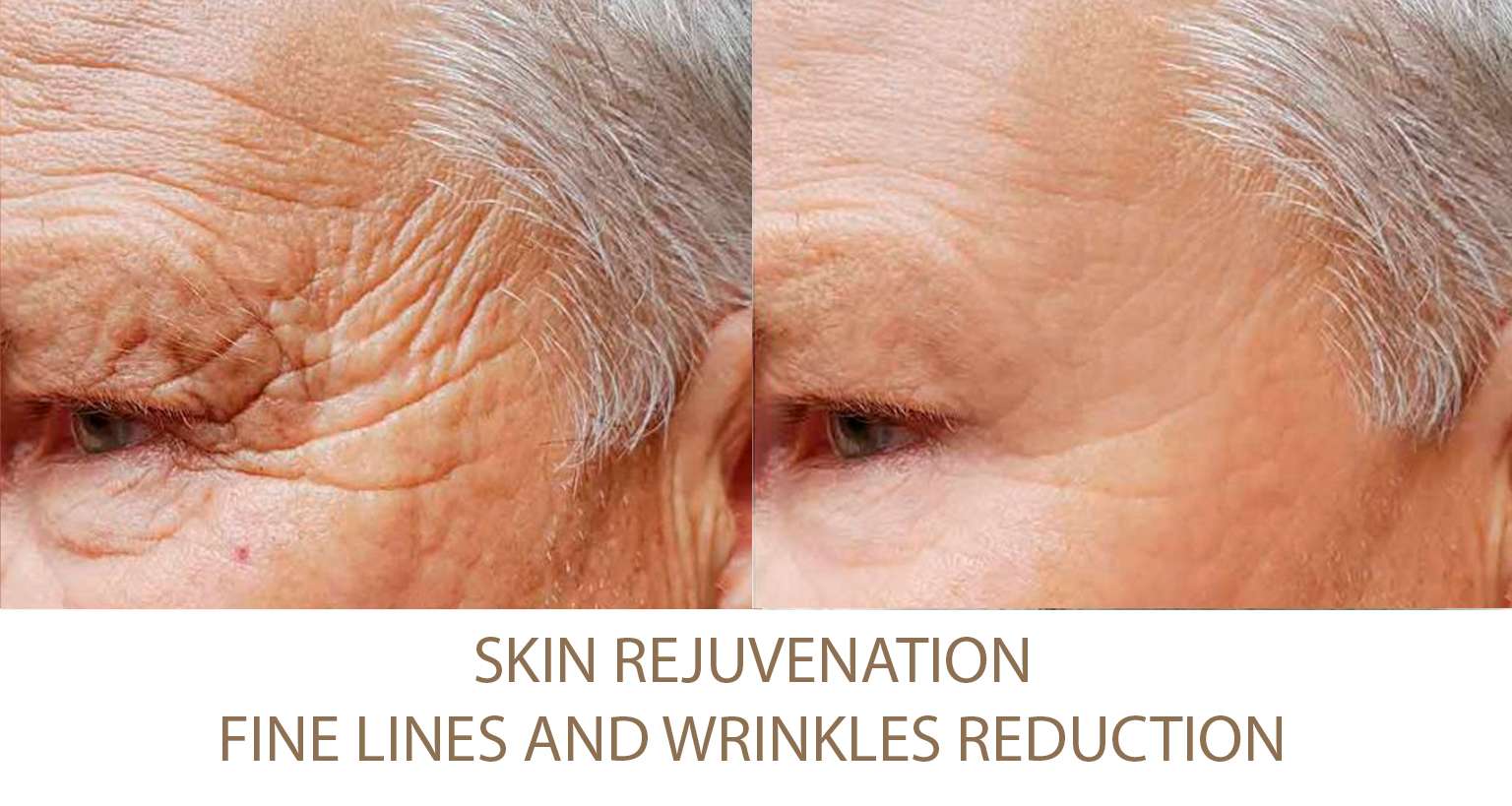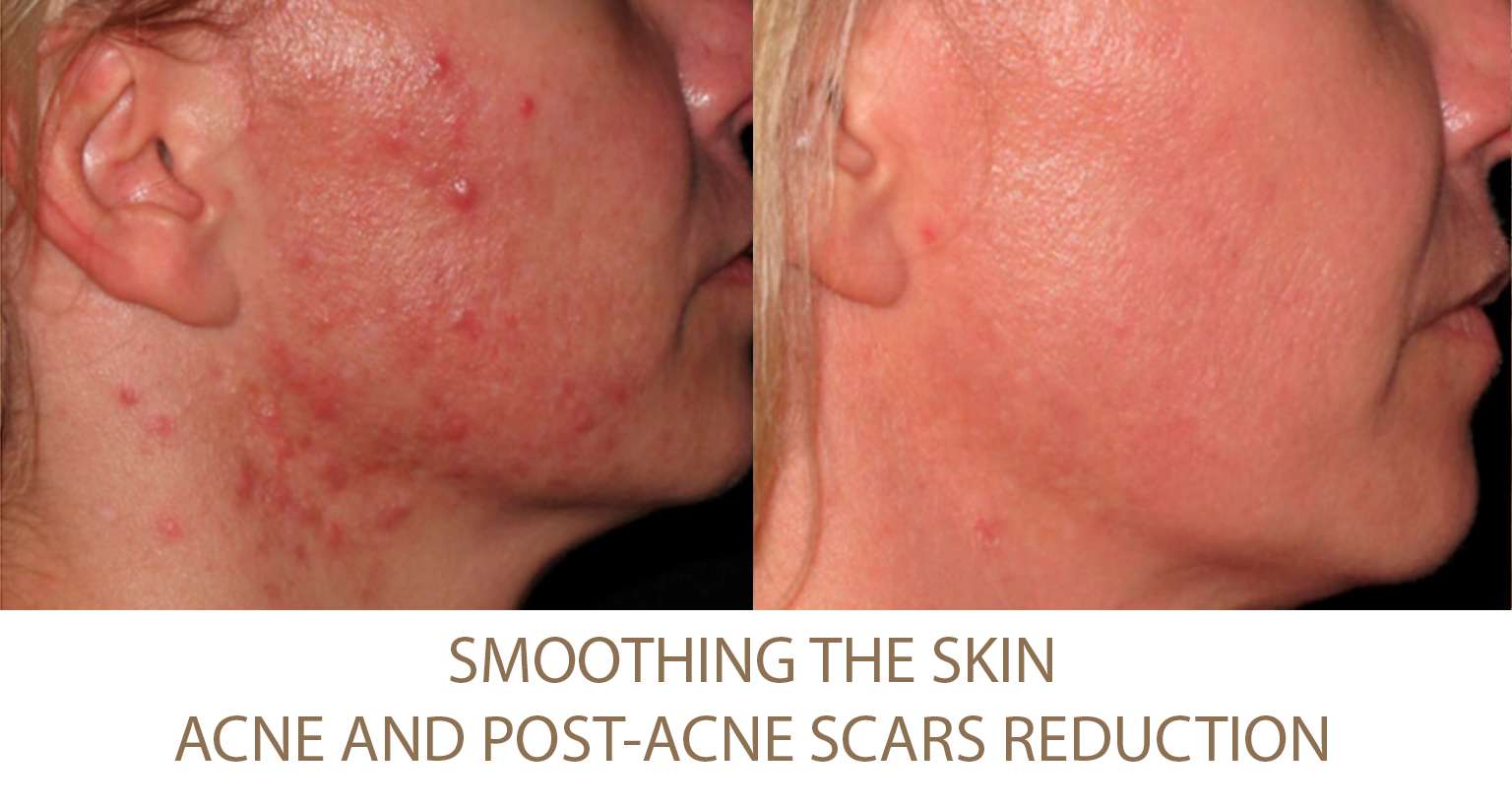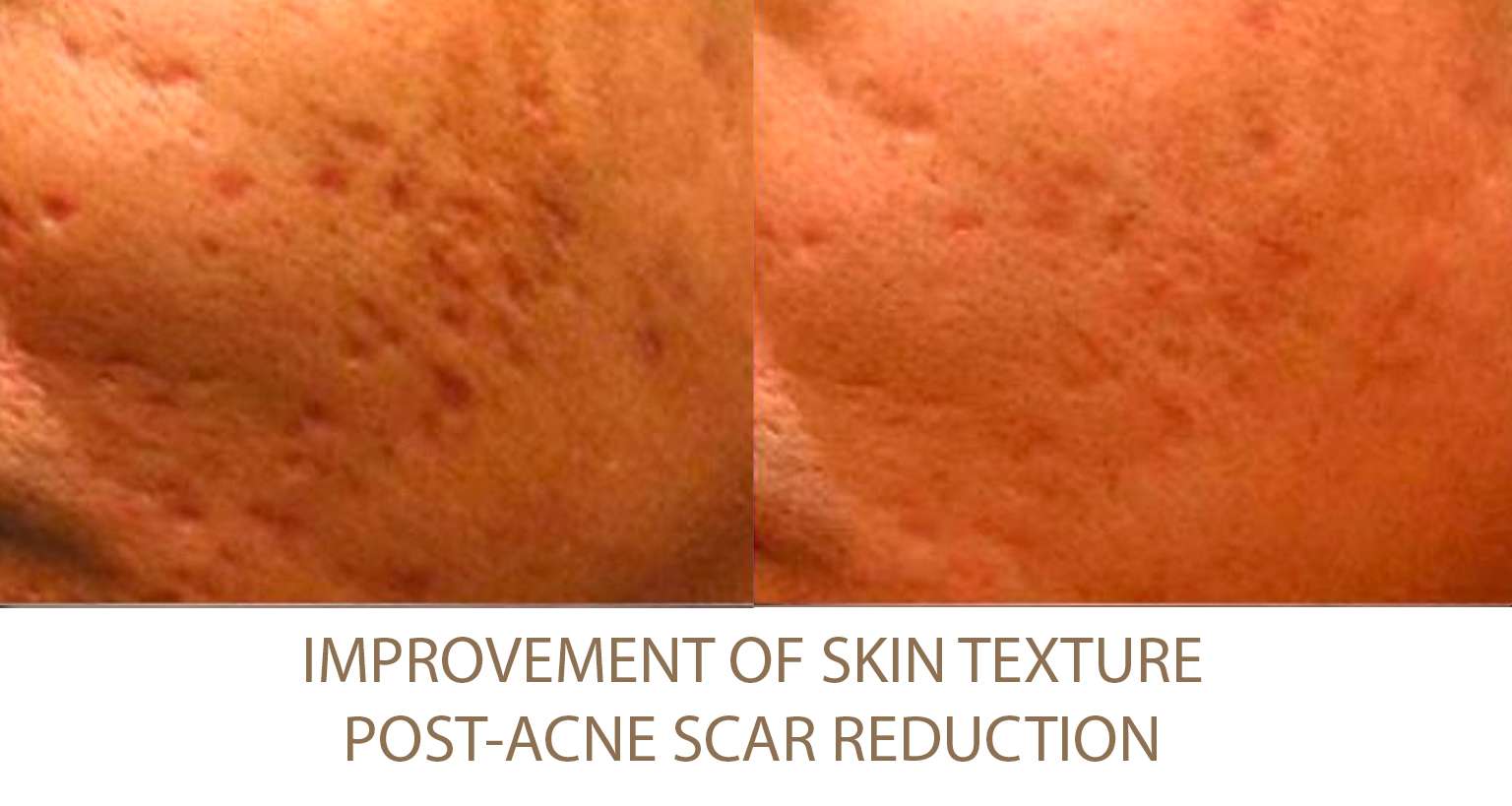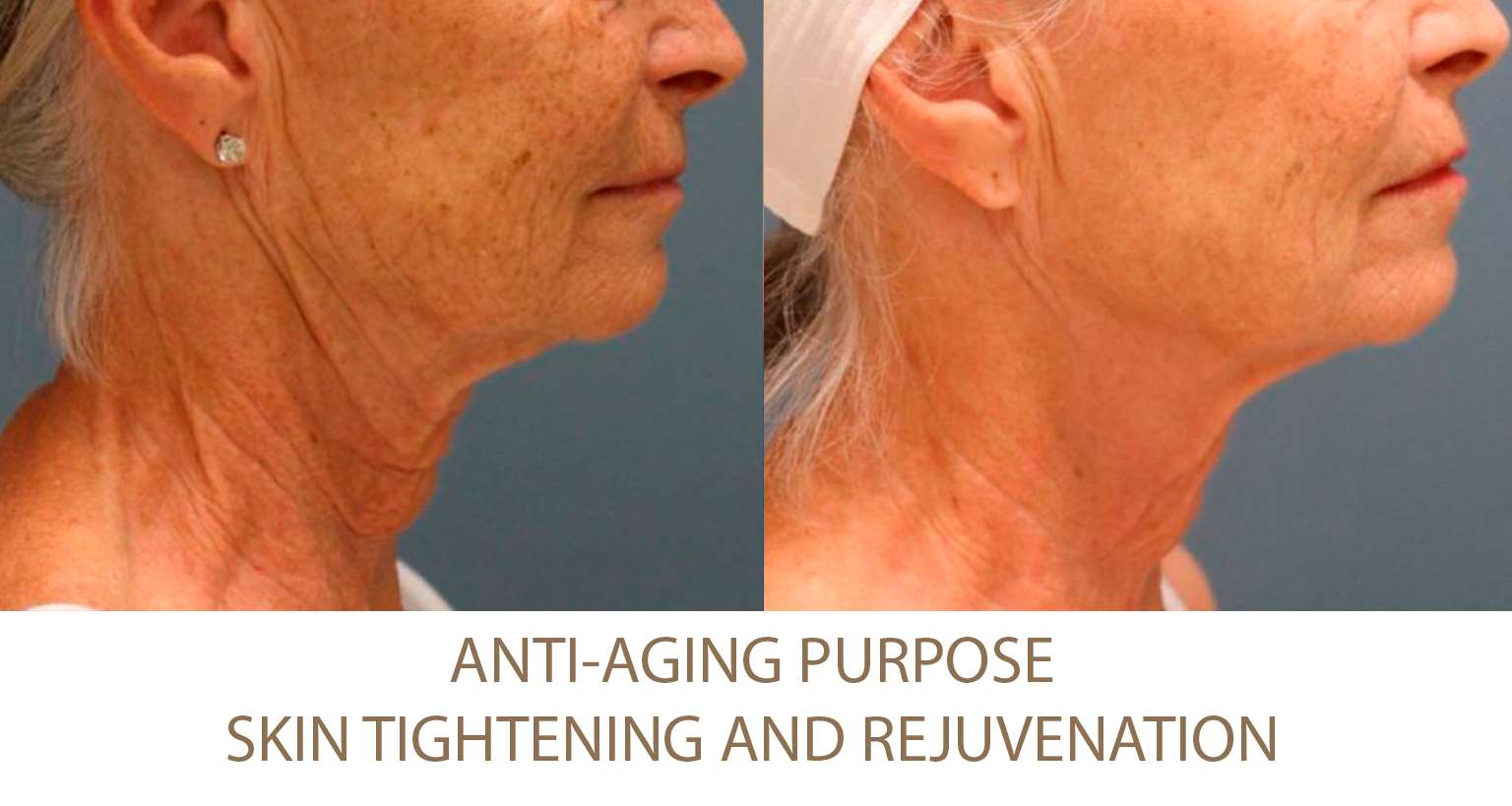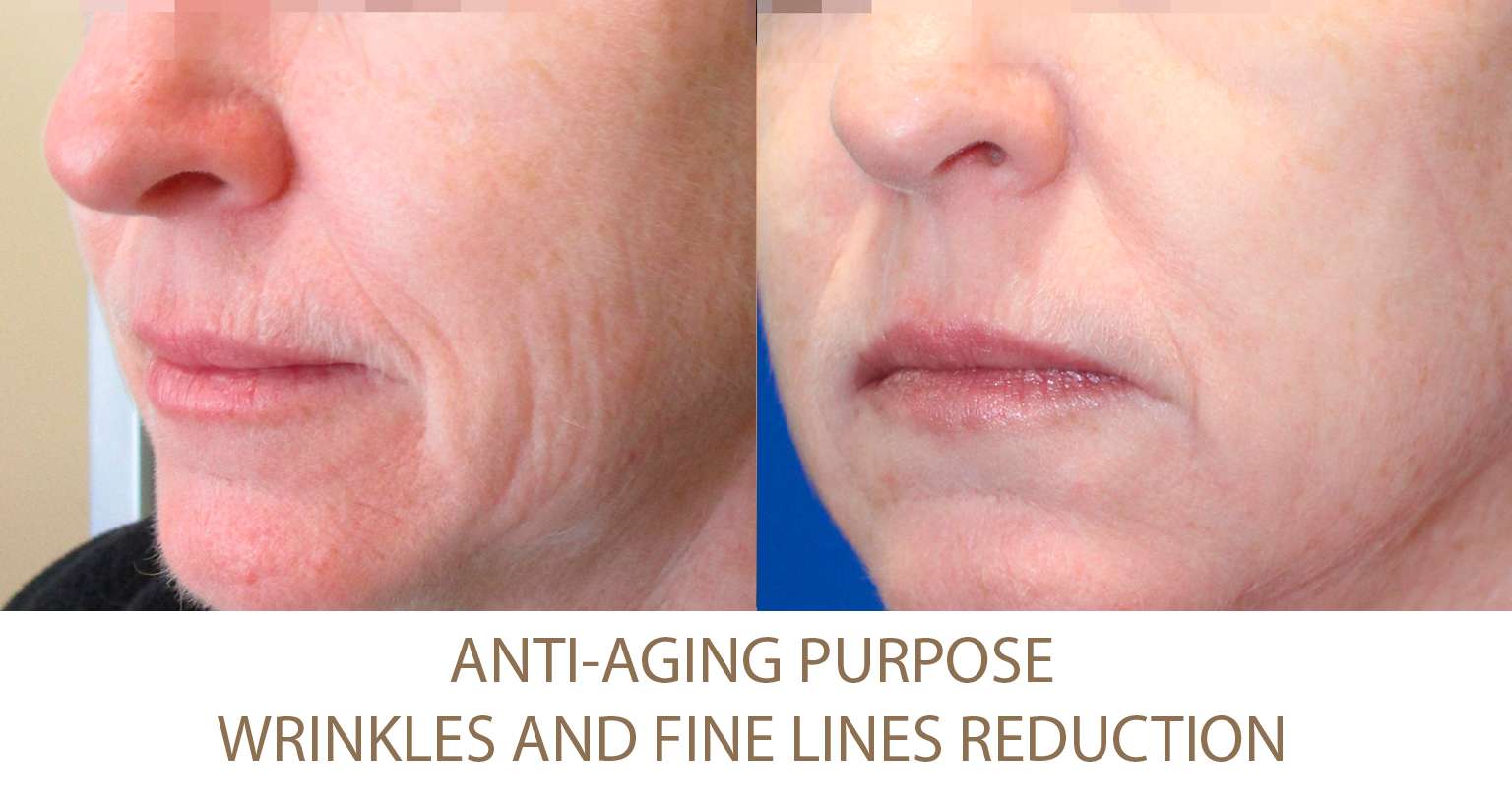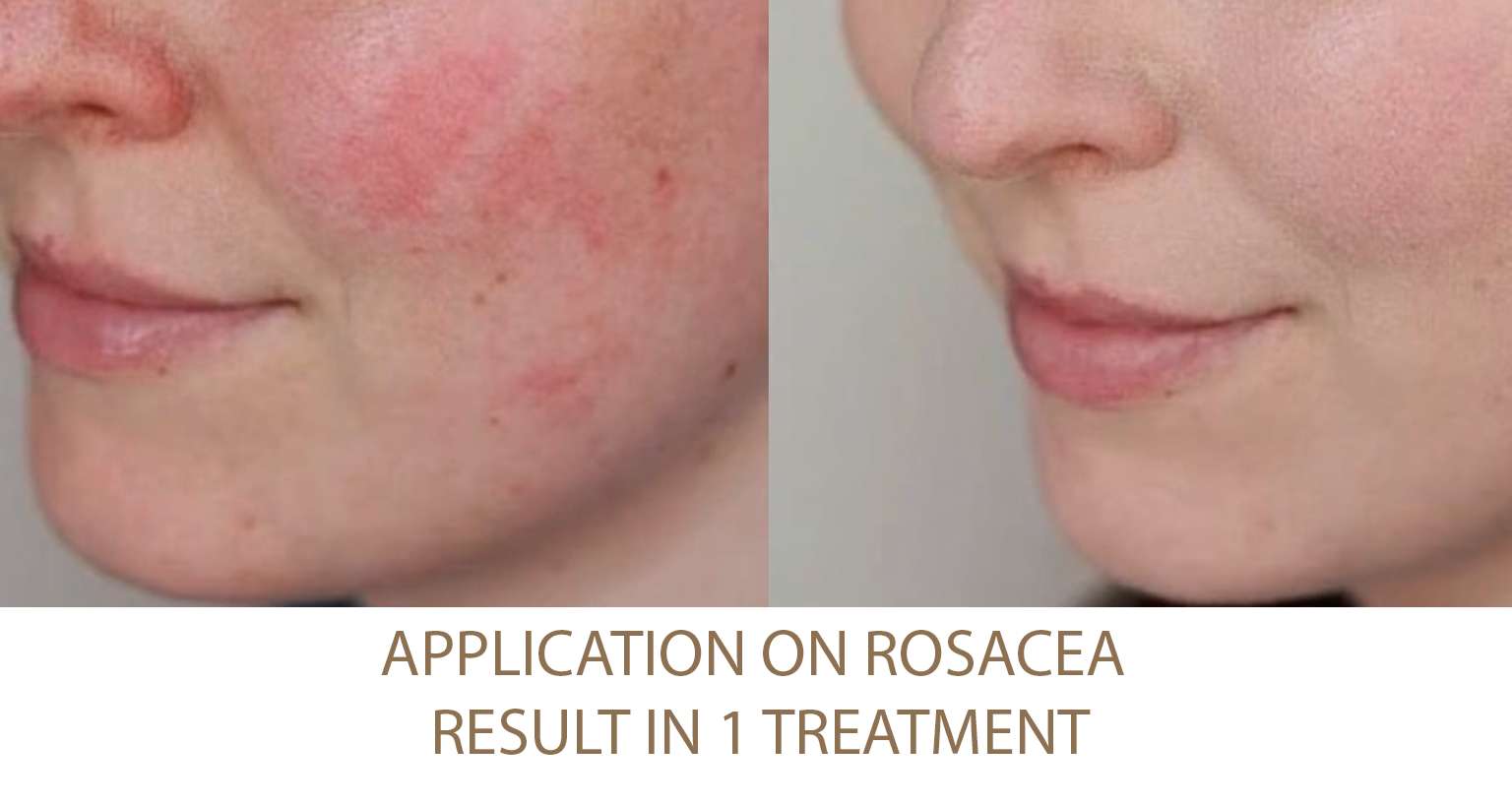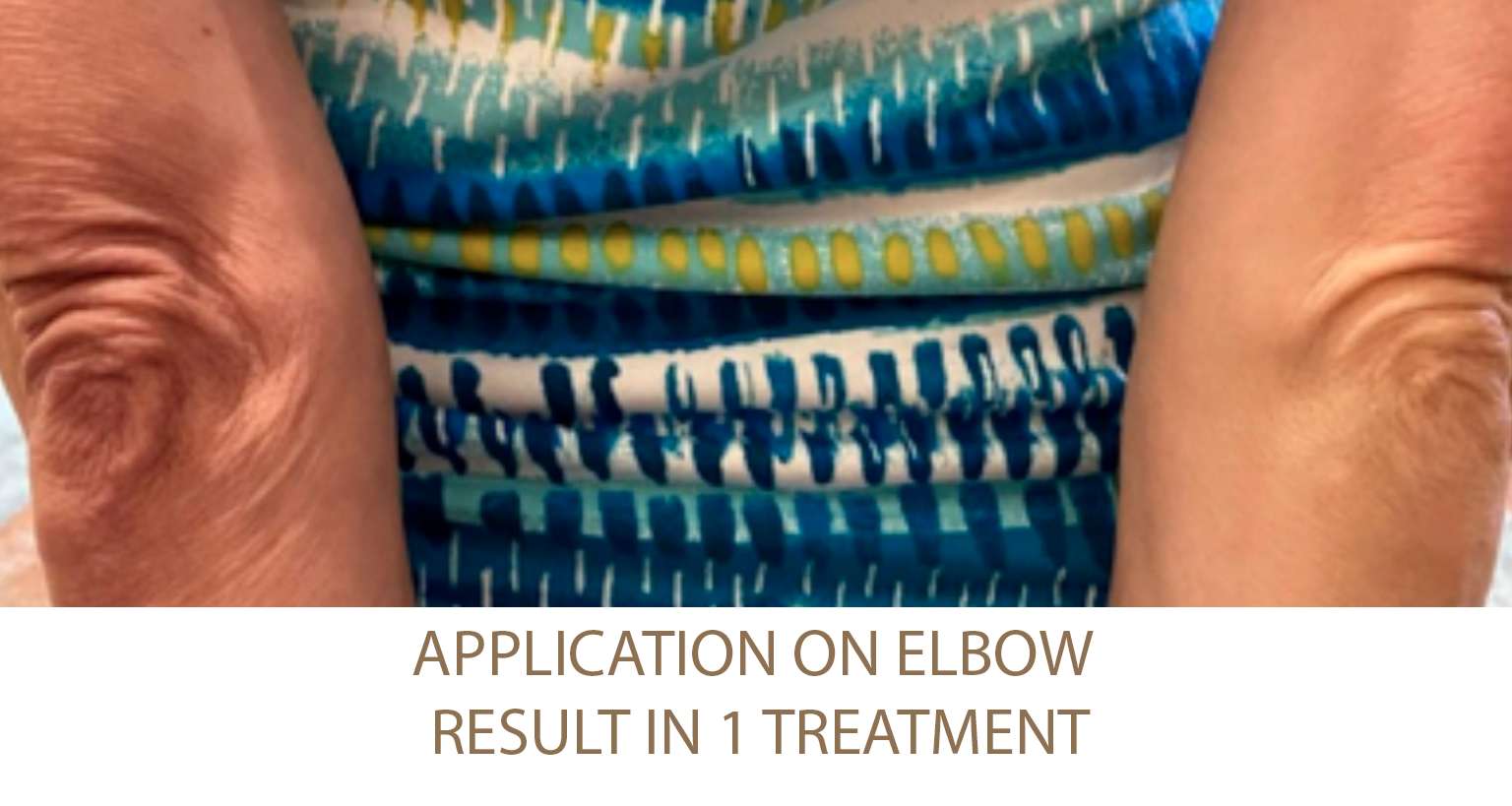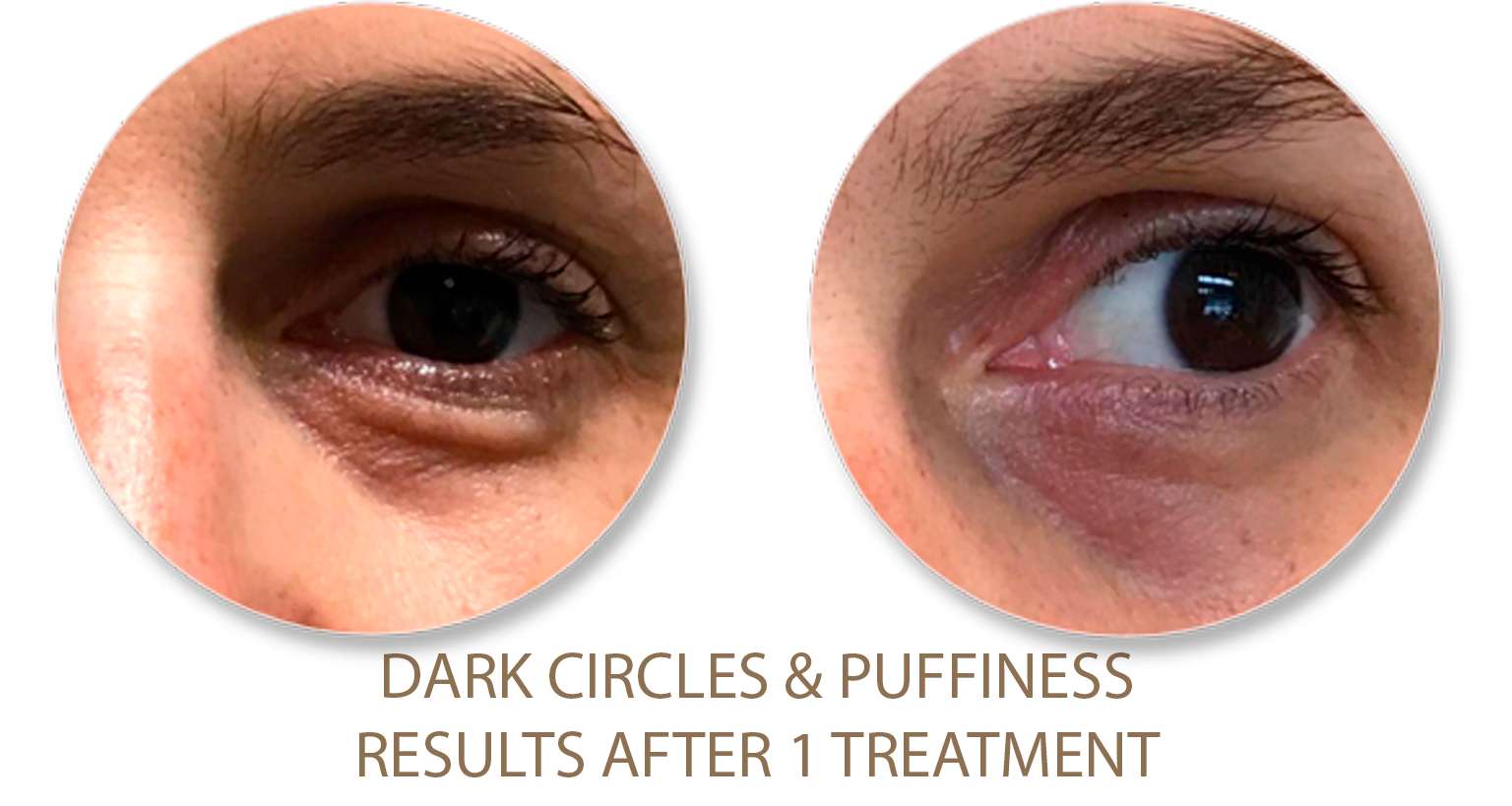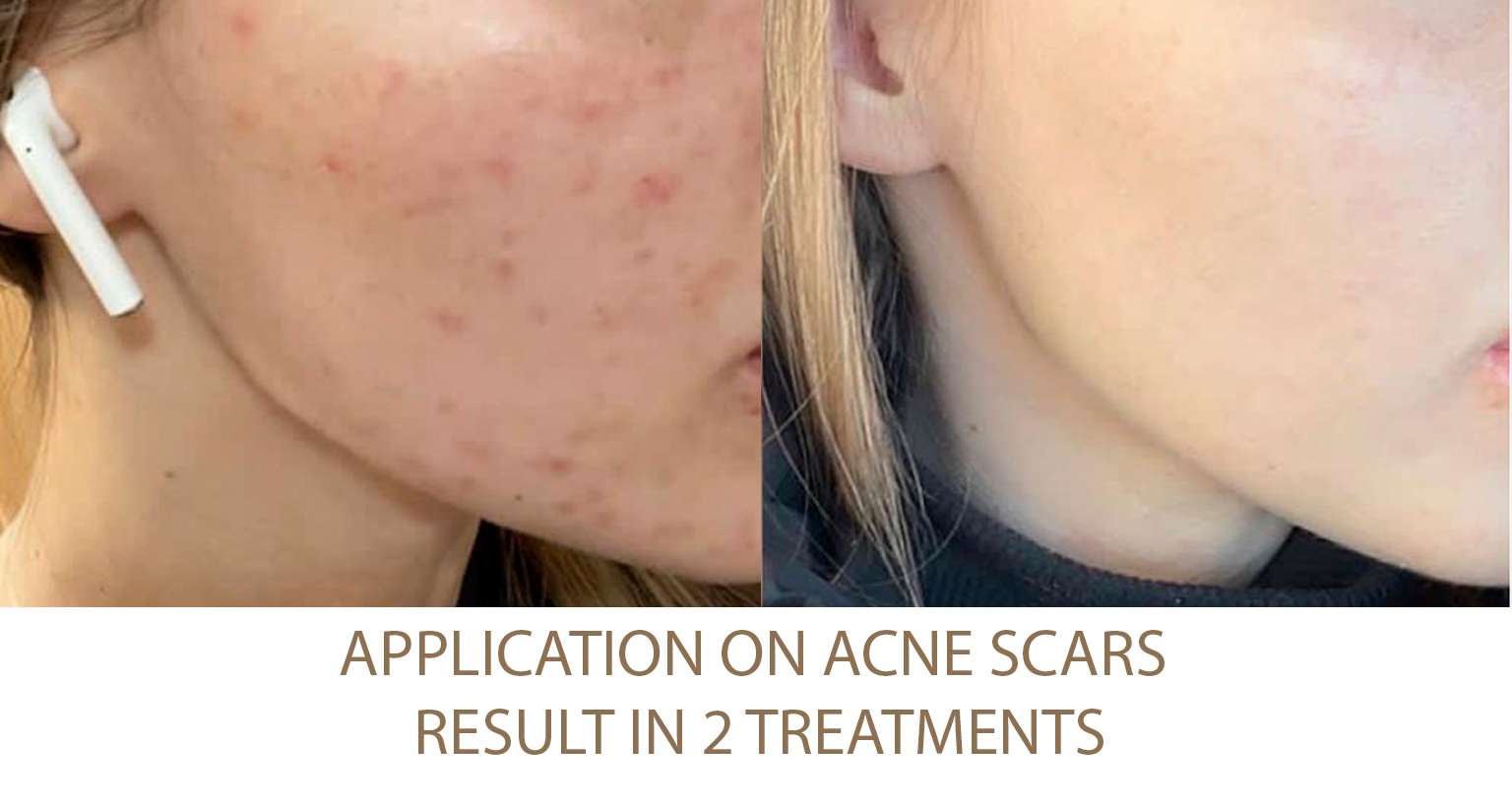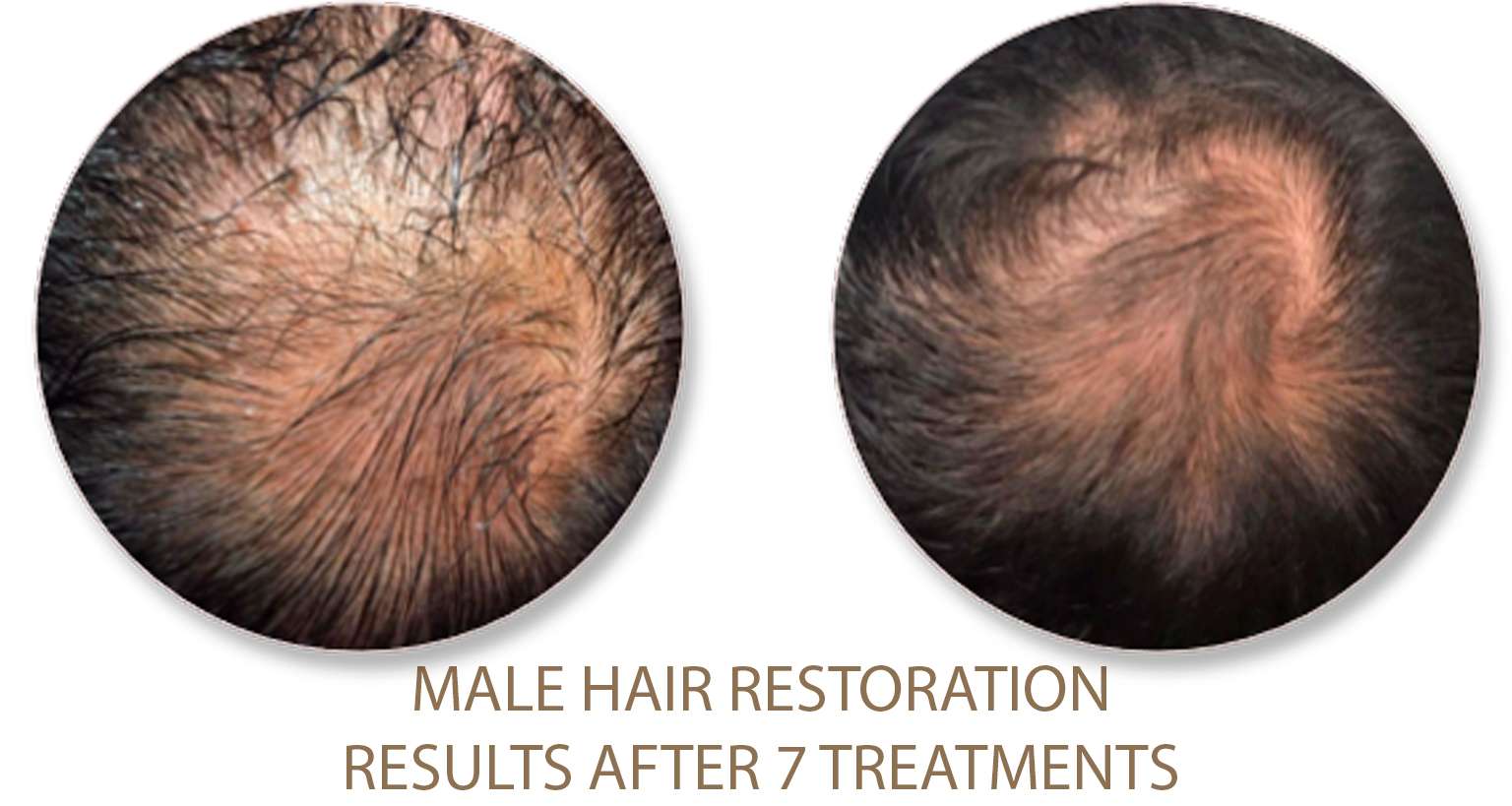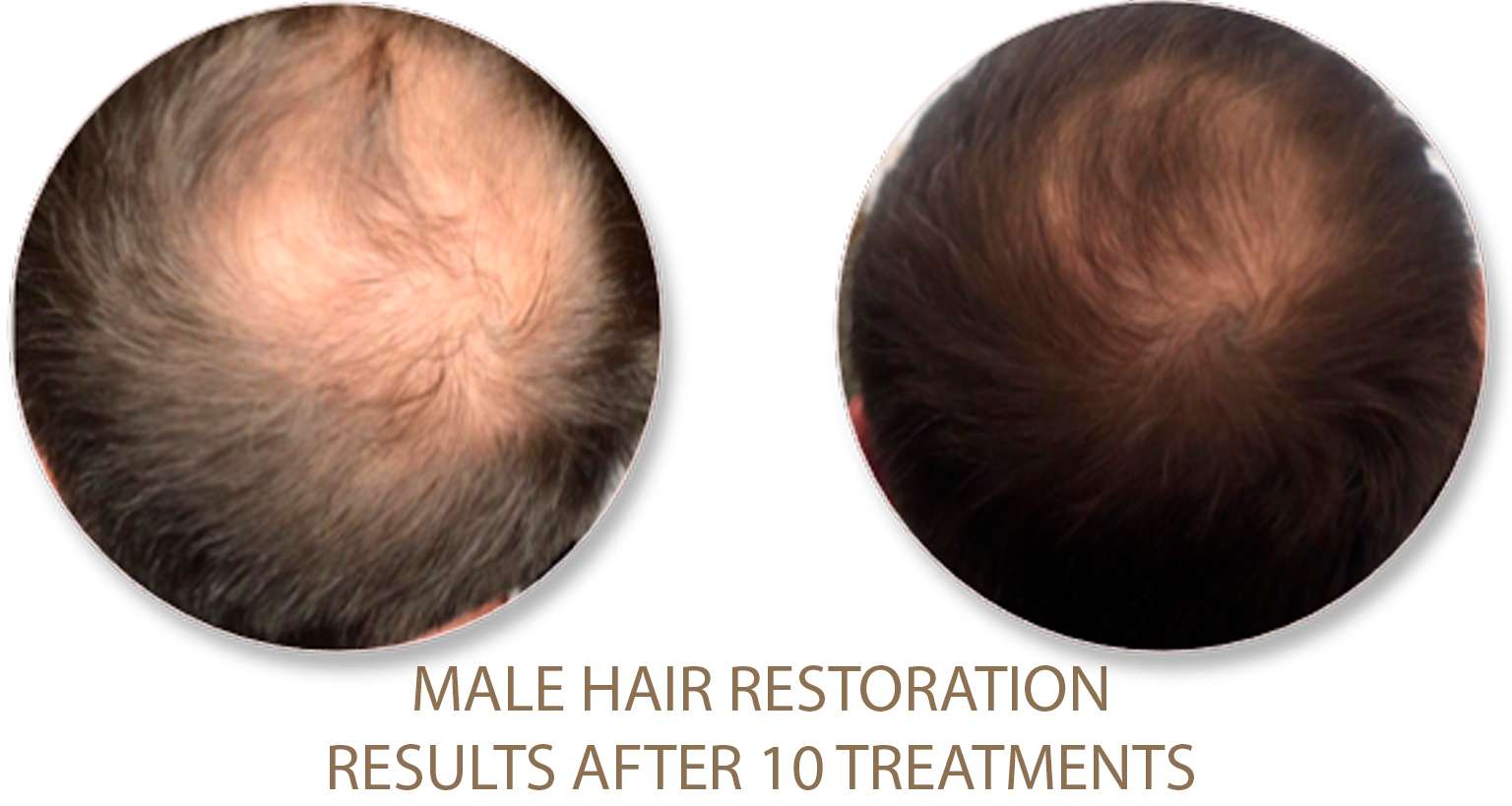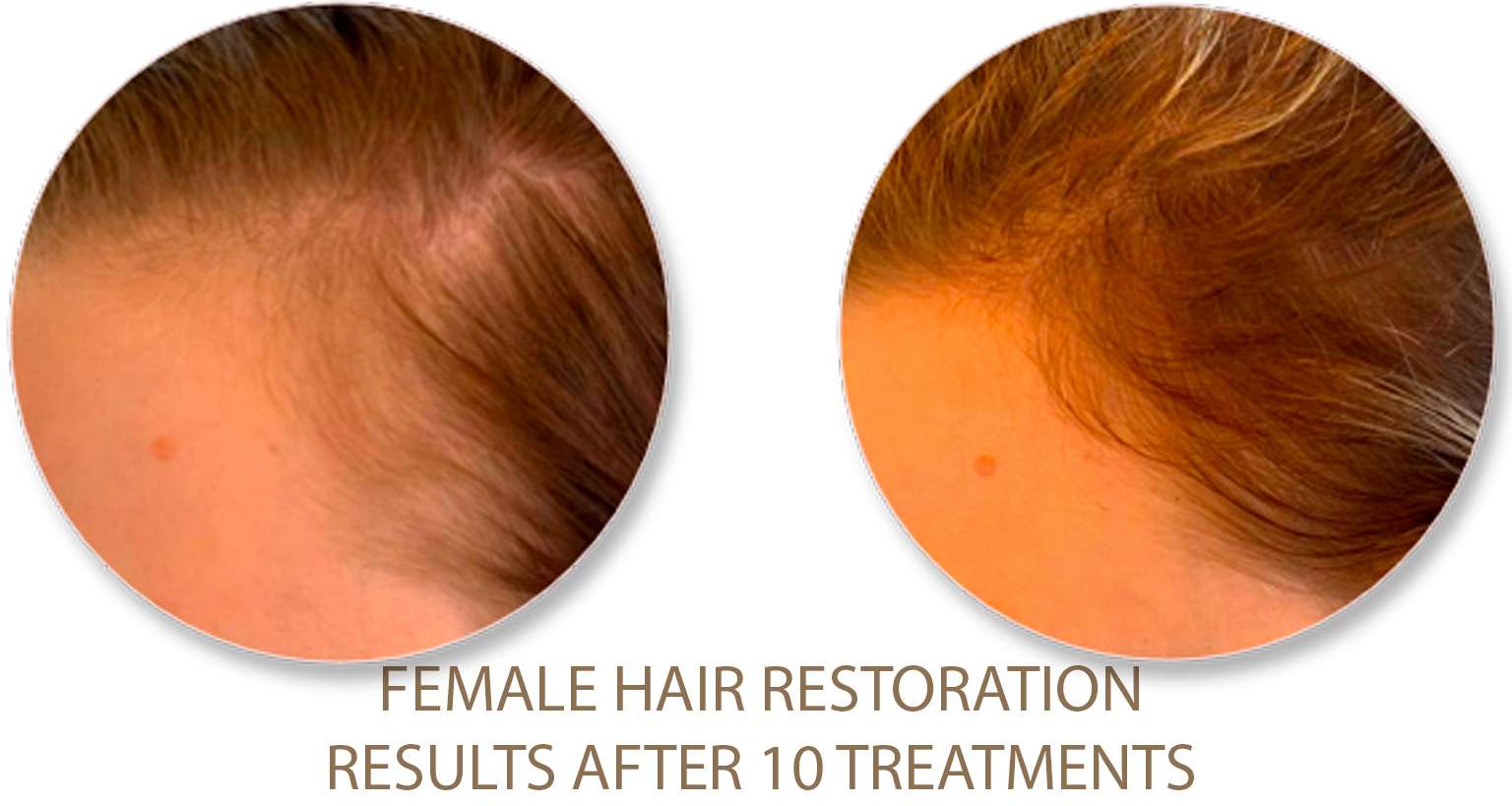Droopy Upper Eyelids
When the skin starts to hang on the eyelid It can cause someone to look tired
What are Droopy Upper Eyelids?
Droopy eyelids, also known as ptosis, is a condition characterized by the sagging or drooping of one or both upper eyelids. It can occur in people of all ages, but it is more common among older adults due to the natural aging process.
Ptosis can vary in severity, ranging from a mild droop that doesn’t interfere with vision to a more pronounced sagging that partially or completely covers the eye. In some cases, it may be a temporary condition, while in others, it can be a chronic and long-lasting issue.
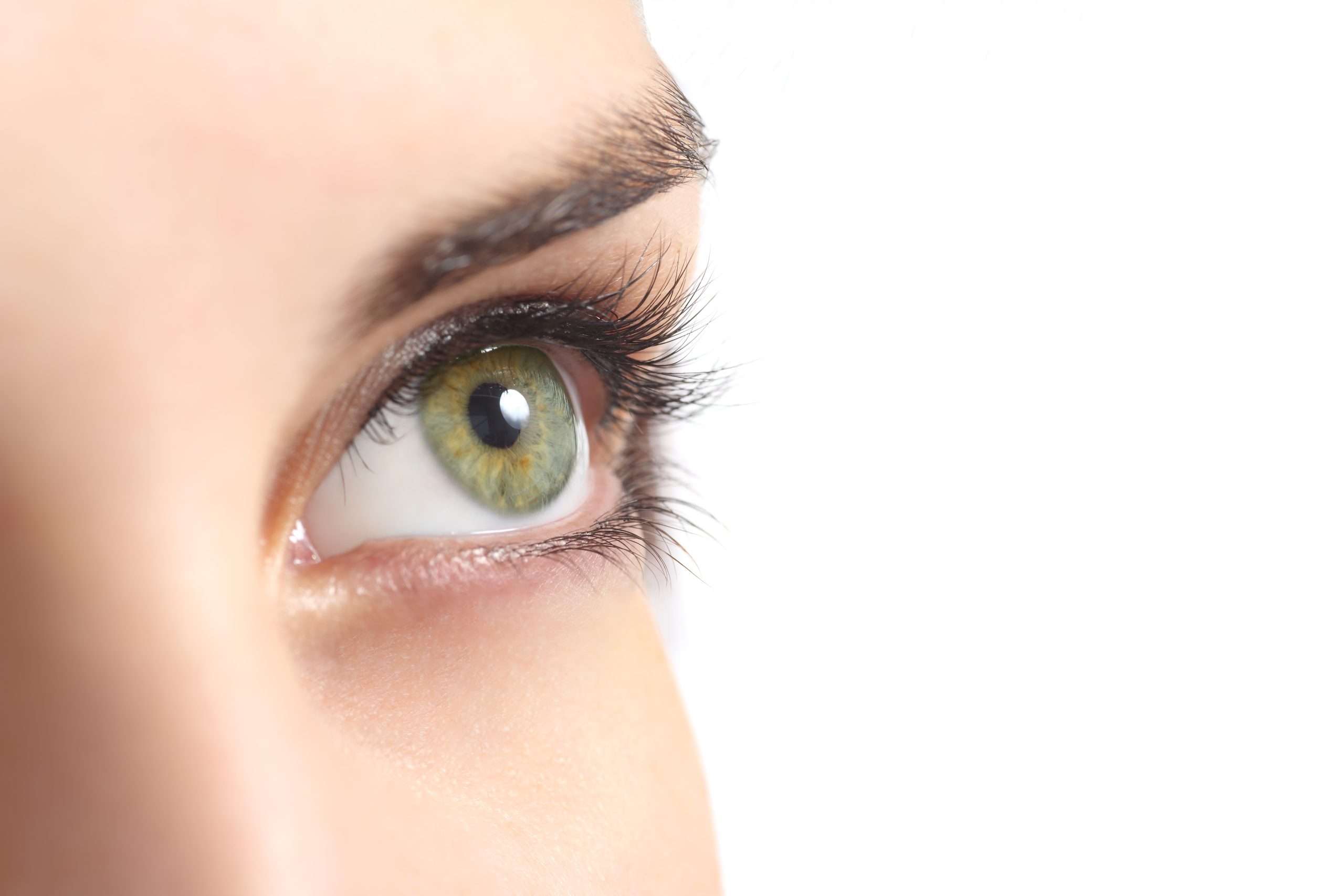
Treatments for Droopy Eyelids:
- Plasma Fibroblast Skin Tightening
- DMK Enzymes Therapy
Reasons and Causes
There are several potential causes of droopy eyelids, including:
Weakening of muslce: The most common cause of ptosis is the weakening of the levator muscle, which is responsible for lifting the eyelid. As we age, the muscles and tissues supporting the eyelid may stretch or weaken, leading to drooping.
Congenital ptosis: Some individuals are born with ptosis due to an underdeveloped levator muscle or abnormal nerve connections to the eyelid.
Neurological conditions: Certain neurological disorders or nerve damage can also lead to ptosis. For example, conditions like myasthenia gravis can affect the nerves that control the eyelid muscles.
Injury or trauma: An injury to the eye or the muscles around the eyelid can cause temporary or permanent ptosis.
Eye surgery: In some cases, eyelid surgery or other eye procedures may lead to ptosis as a complication.
Eye tumors: Rarely, tumors behind the eye may cause the eyelid to droop
Genetic: If you have hooded eyelids, chances are high that someone in your ancestral line did, too. This can be a good thing, but it can also cause problems as you age because, as the skin loses its tautness, your hooded eyelids will become more and more pronounced.
Aging: As we age, we lose a steady production of collagen and elastin. Collagen is the connective tissue that holds the skin in place and elastin is what allows it to bounce back. The less of those structures the body produces, the more we will notice a decrease in the firmness of the skin and an increase in the way it droops and sags.
Botox: Sometimes sagging eyelids occur as the result of a Botox treatment. Sometimes the toxin travels outside of the treatment area and causes paralysis in areas it wasn’t meant to reach, such as the muscles of the upper eyelid. This is when the drooping will occur.
Testimonials
What Our Clients Say:












